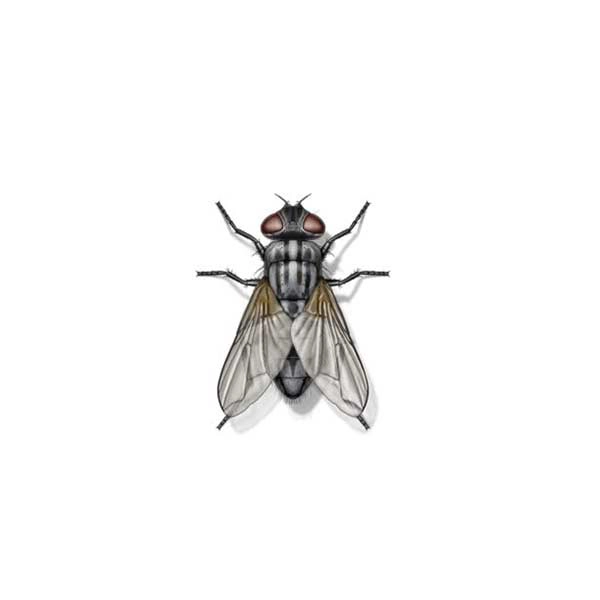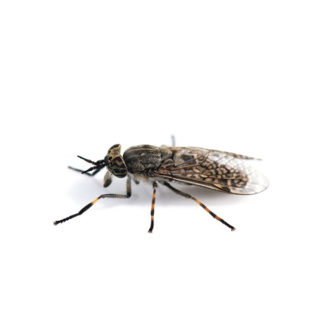Garbage Flies in Kailua Kona
Garbage flies, also known as house flies, are easily distinguished by the four elongated stripes on their midsection. These flies lack the ability to bite and have a mouth more suited for sponging up liquid food. Typically, female flies are larger than males and display a visibly wider distance between their red-colored eyes. The bodies of garbage flies are gray with a slight yellow tint, and they also exhibit an upward bend in one of their wing veins. These unique features contribute to the easy recognition of garbage flies in various environments.
Garbage Fly Habitat
During the hotter summer months, garbage flies are commonly found in higher numbers. The laying of eggs takes place in warm, moist, organic materials such as manure, garbage, lawn clippings, decaying vegetables, fruits, and soils containing any of these substances. Under optimal summertime conditions, the development of house flies from egg to adult can be accomplished in as little as 7 days. This accelerated reproductive cycle contributes to the higher prevalence of garbage flies during the hotter periods of the year, emphasizing the need for effective pest management practices to curb their population growth.
Garbage Fly Behaviors, Threats, or Dangers
Garbage flies are considered a nuisance due to their close presence to humans. In certain situations, these flies can harbor various harmful diseases affecting both humans and animals. Their breeding and feeding habits on waste give them the capacity to pick up bacteria, viruses, and fungi, subsequently transferring or spreading them by contaminating food and water upon contact. Instances of food poisoning and even tuberculosis have been reported in severe cases associated with infestations of garbage flies. The inherent risk of disease transmission associated with garbage flies underscores the importance of effective pest control measures and maintaining proper sanitation practices to mitigate health hazards. Always contact a professional fly control expert for help with garbage flies.
Need help with Garbage Fly control?
Need Pest Control Service?
Leave your information below and we’ll be in touch with a FREE quote!
"*" indicates required fields
*During normal business hours. After hours calls will be returned the next business day.





